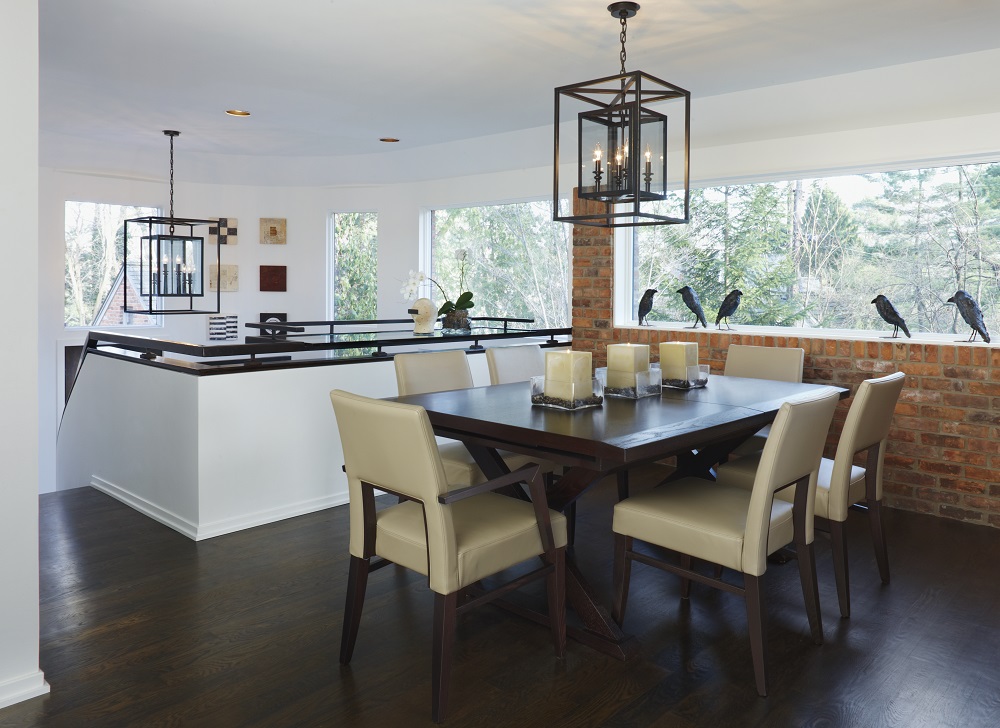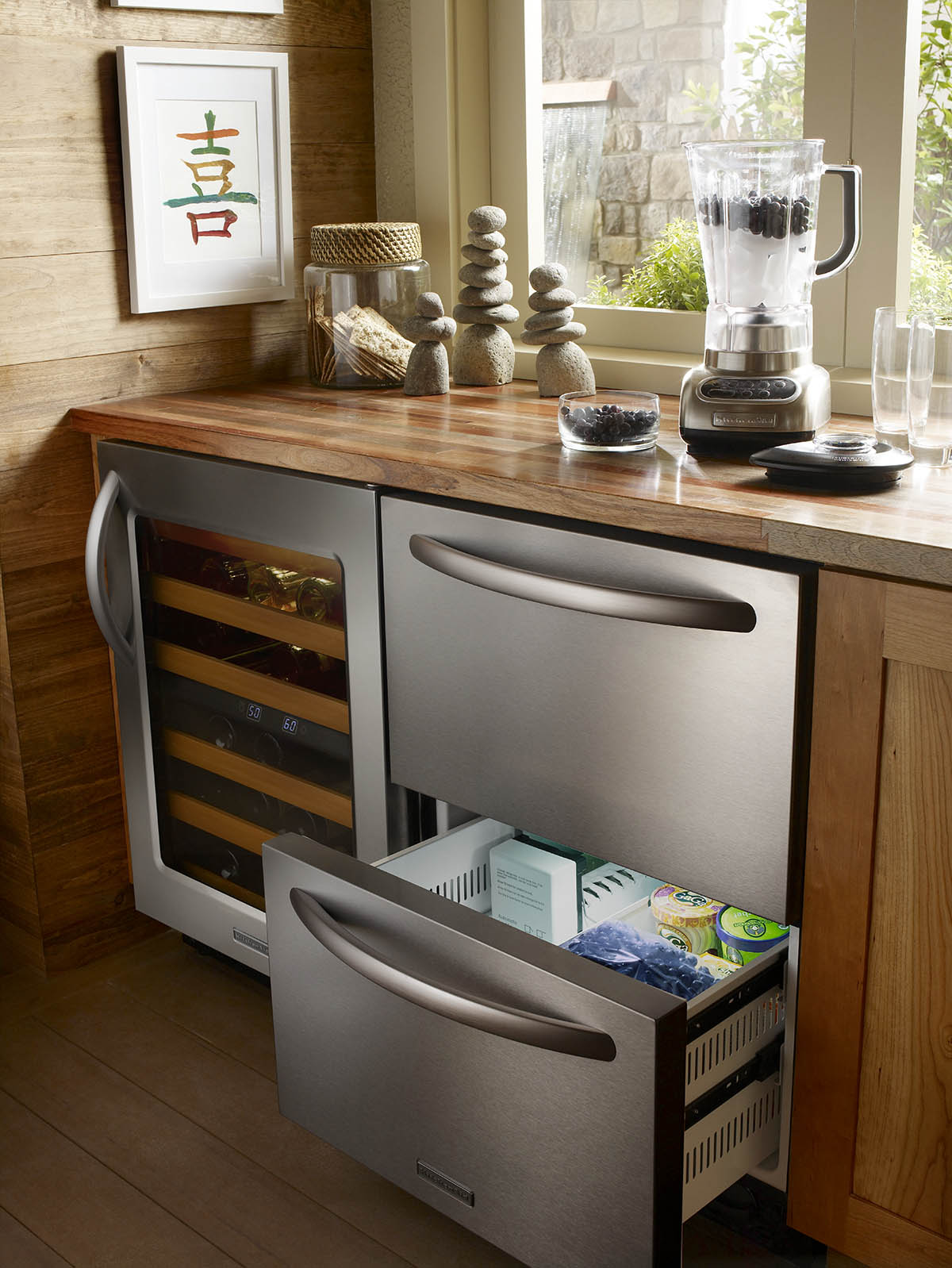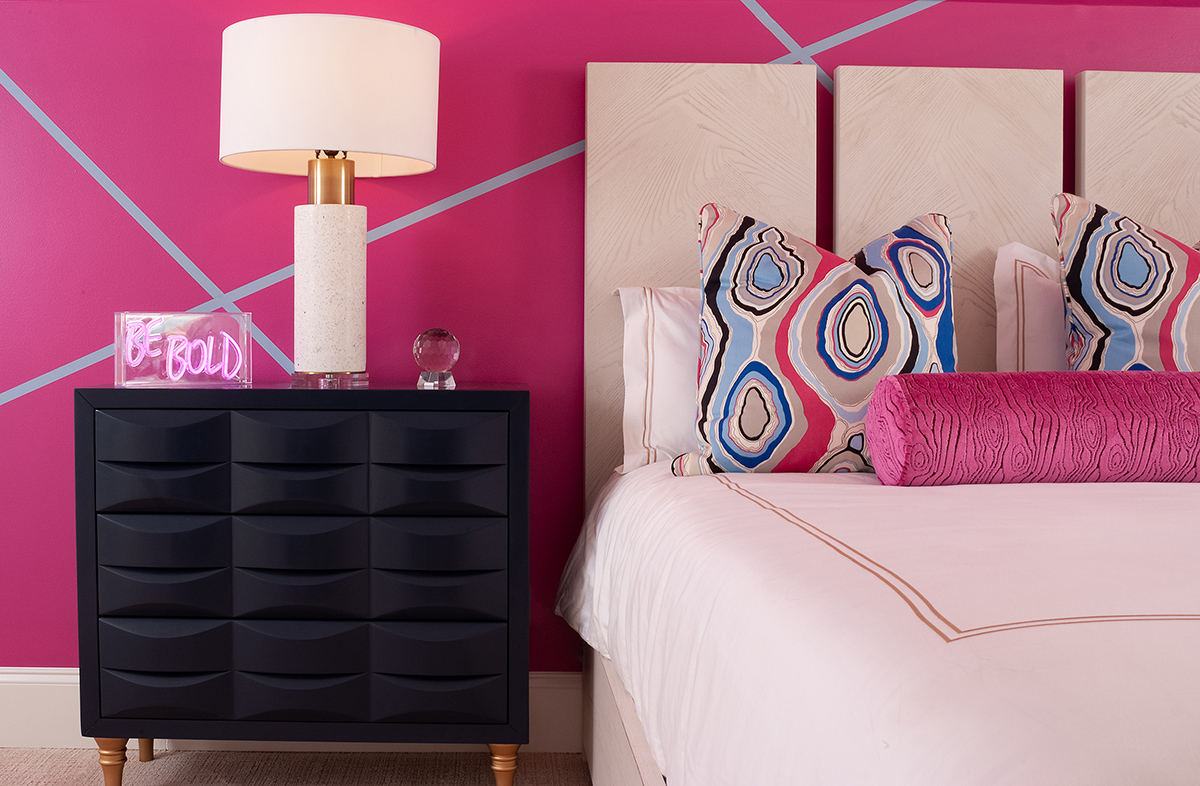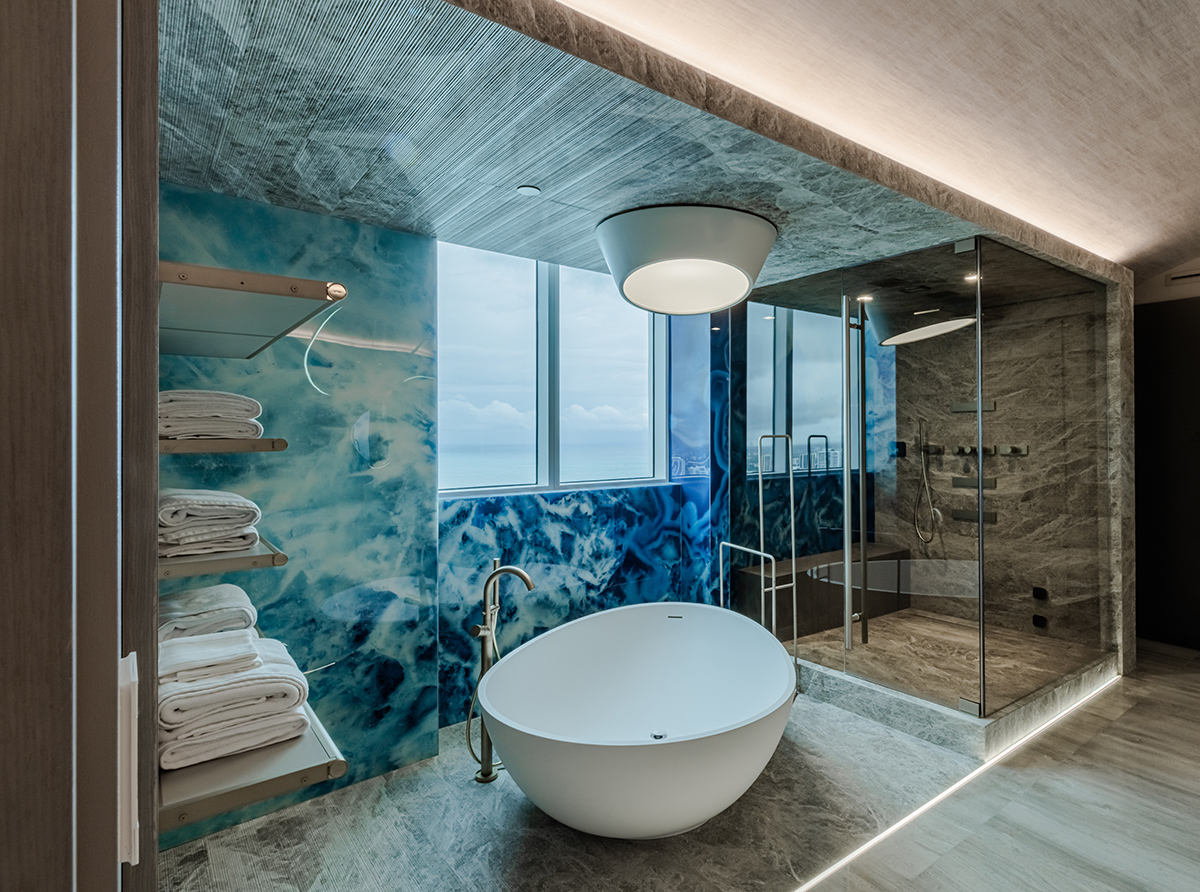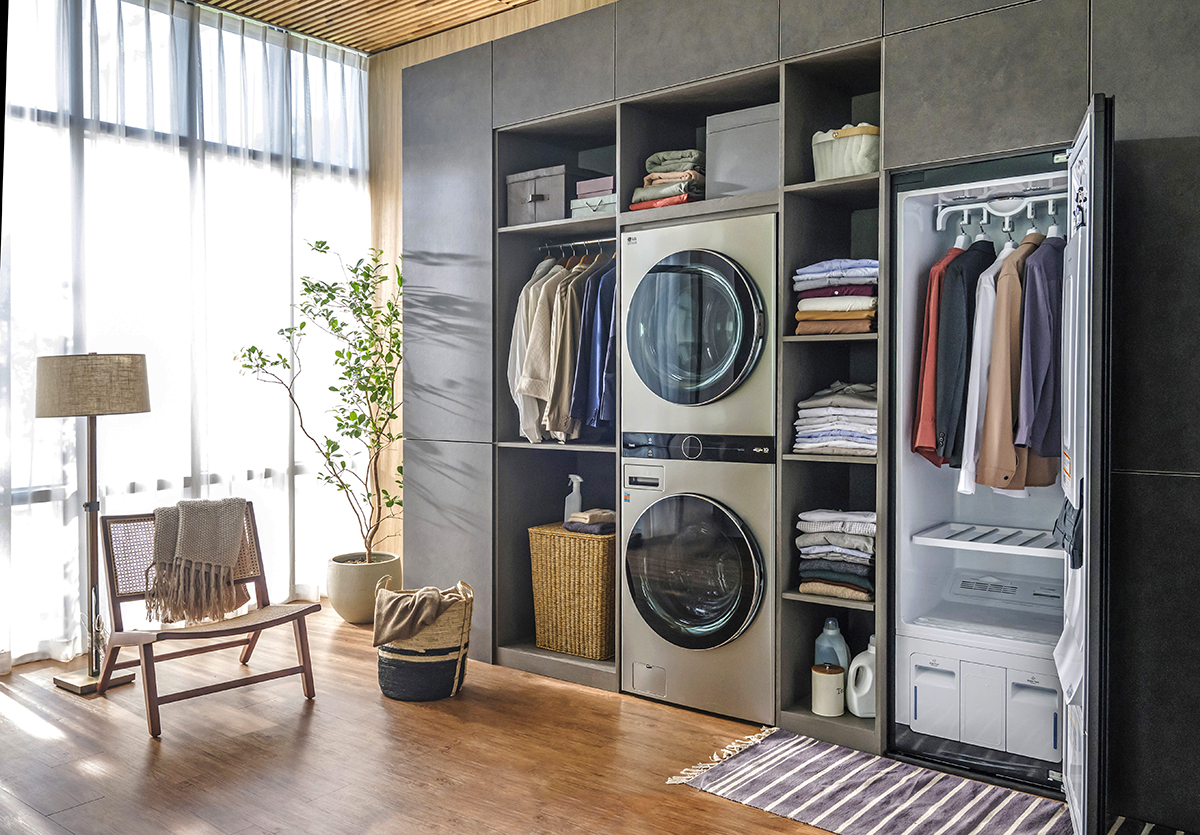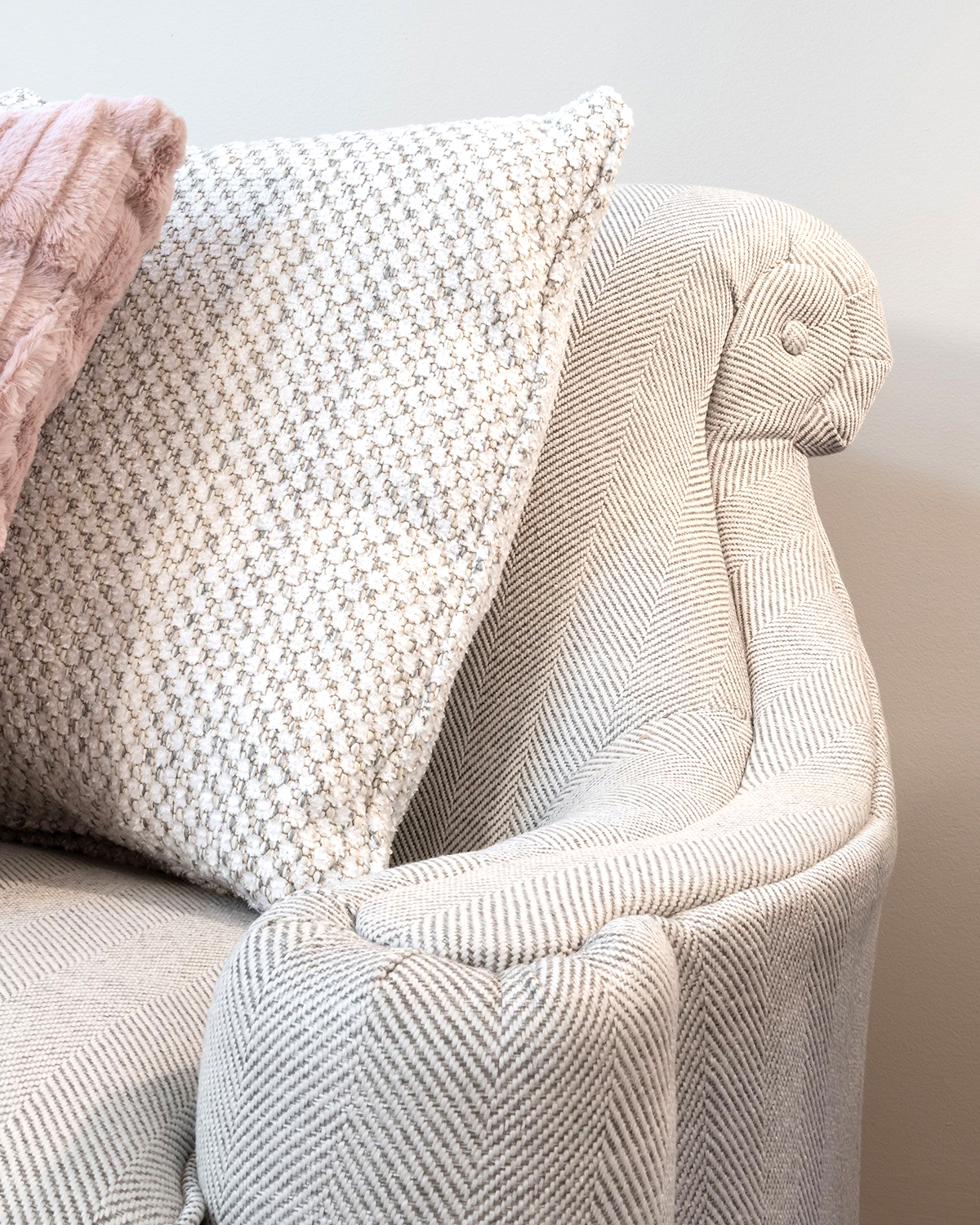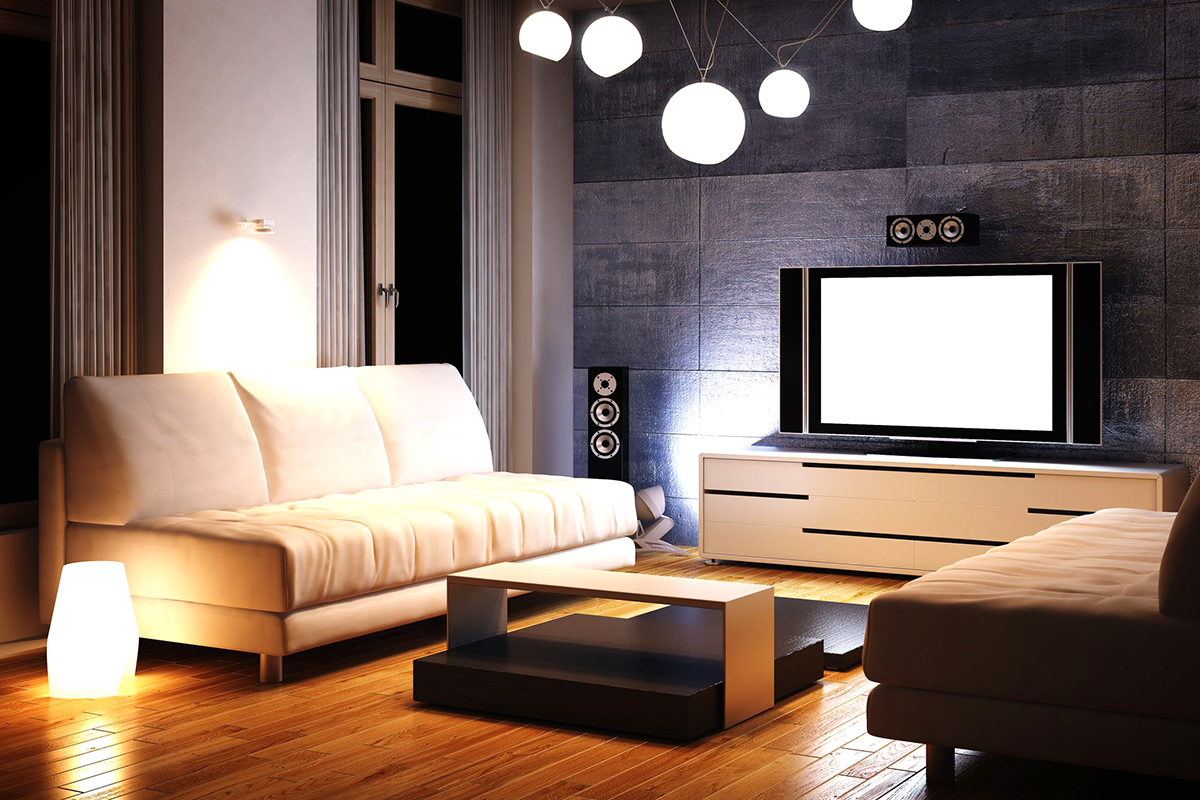WRITER | JEFFREY KING
PHOTO | MARTIN VECCHIO
Over the past year, many of us have been confined to our homes more than we would have liked. As vacations were put on hold and social gatherings canceled, some of us were lucky to have had the time and funds to consider upgrading our surroundings. Home projects became a breath of fresh air to cope with the monotony of “the new normal,” and the pandemic changed how we enjoy and use our homes each day, resulting in several new interior design trends.
Biophilic interior design, a style with strong naturalistic and organic elements, became especially popular as we began to feel isolated and disconnected from the outside world. Homeowners have started incorporating more natural elements into their living and work spaces, whether simple décor swaps or complete renovations.
For new builds and homes undergoing reconstruction, one of the main focuses of biophilic design is property orientation. Where will sunlight filter into the home? What is the ideal window placement to take advantage of the most natural light? Which type of door design best embraces the outdoors? These decisions can entirely change a space’s ambiance. For those deciding how to orient a new home on their property, ensure that the main living areas face north, allowing the most natural light to enter via large paned windows or French doors.
Sunrooms have become an increasingly popular addition, providing year-round views of a property’s surroundings and the feeling that a living space extends far beyond the home’s physical walls. Outdoor patios have become larger and more luxurious with the inclusion of canopies and fire tables, and additional attention is being given to more extensive landscaping.
A biophilic style can be achieved in a home’s interior with a few décor tweaks and additions, such as natural fabrics and materials like stone. Invest in beautiful window treatments that draw your eye to views of the outdoors. Chose natural-fiber textiles such as silk, wool, linen, or cotton that are eco-friendly and more durable than synthetic fabrics.
Specific patterns can also bring nature into a room. Install wood flooring in a herringbone pattern, display artwork with organic designs, cover accent pillows in animal prints, incorporate drapery with a tasteful floral pattern, or showcase an animal hide rug to bring instant luxury and comfort to a space.
Integrating natural textures is equally as important. Grasscloth wall coverings add subtle hints of nature to any room. Shagreen, a scaley and durable material, is commonly used to cover decorative pieces. A natural stone accent wall or fireplace adds immediate visual interest.
A biophilic style sticks to muted colors and earth tones commonly found in nature. “Greige” – a mixture of grey and beige – has been wildly popular and inspires a cozy and inviting environment. It can be a cool or warm neutral color and is versatile enough to incorporate other natural elements such as solid wood coffee tables or furniture with cold-rolled steel finishes.
Other simple biophilic additions may include floral arrangements or indoor plants that promote happiness and reduce air pollutants. Decorative candles that smell of sandalwood, bergamot, or other natural scents can transport you to another locale, while a candle flame provides natural light. Light switch dimmers or smart bulbs limit harsh, artificial light and can set a romantic, relaxing mood. And a fountain adds beautiful appeal, with the trickle of water creating a sense of calm.
While we are staying inside our homes more than ever before, biophilic interior design figuratively (and sometimes quite literally) is able to break down walls to bring mother nature indoors. We see this not as a trend but as a design mainstay in homes around the world.


